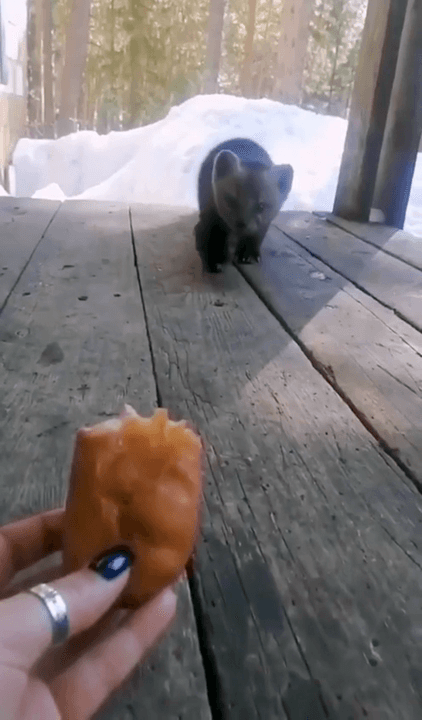
Success was made for 2024 moose camp. @BarnesBullets came through with good penetration and expansion. He was dead before he hit the ground with an engine shot and a follow up neck finisher. #moose #hunting #britishcolumbia #canada
Post: 29 October 09:21















































